Archives
- 2025-12
- 2025-11
- 2025-10
- 2025-09
- 2025-03
- 2025-02
- 2025-01
- 2024-12
- 2024-11
- 2024-10
- 2024-09
- 2024-08
- 2024-07
- 2024-06
- 2024-05
- 2024-04
- 2024-03
- 2024-02
- 2024-01
- 2023-12
- 2023-11
- 2023-10
- 2023-09
- 2023-08
- 2023-07
- 2023-06
- 2023-05
- 2023-04
- 2023-03
- 2023-02
- 2023-01
- 2022-12
- 2022-11
- 2022-10
- 2022-09
- 2022-08
- 2022-07
- 2022-06
- 2022-05
- 2022-04
- 2022-03
- 2022-02
- 2022-01
- 2021-12
- 2021-11
- 2021-10
- 2021-09
- 2021-08
- 2021-07
- 2021-06
- 2021-05
- 2021-04
- 2021-03
- 2021-02
- 2021-01
- 2020-12
- 2020-11
- 2020-10
- 2020-09
- 2020-08
- 2020-07
- 2020-06
- 2020-05
- 2020-04
- 2020-03
- 2020-02
- 2020-01
- 2019-12
- 2019-11
- 2019-10
- 2019-09
- 2019-08
- 2019-07
- 2019-06
- 2019-05
- 2019-04
- 2018-07
-
Aurora kinases are a conserved
2023-09-08

Aurora kinases are a conserved family of serine/threonine kinases that are important for the transition through mitosis and amplification and overexpression of Aurora kinases have been implicated in 9292 sale and transformation. Aurora B is located at the centromere and controls aspects of kinetocho
-
In pancreatic islets we found an increase in protein express
2023-09-07
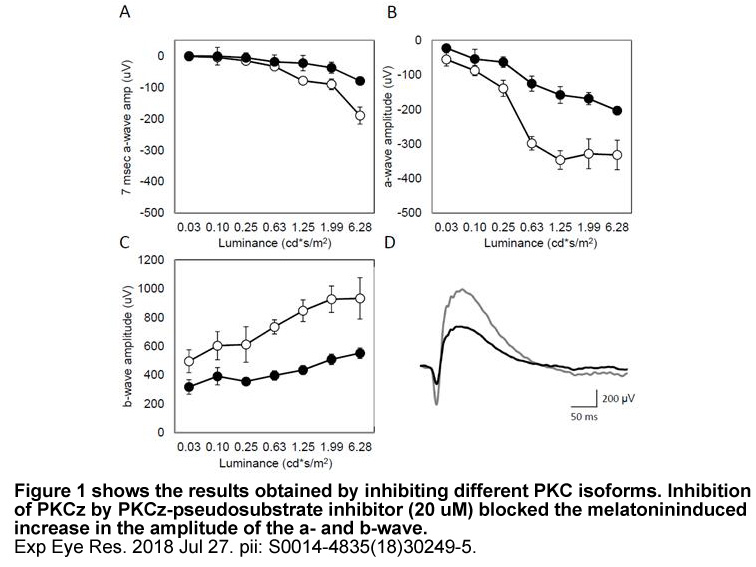
In pancreatic islets we found an increase in protein expression of leukocyte 12/15-LO that paralleled the metabolic decline characterized by severe hyperglycemia and reduced islet numbers. Similar increase in 12/15-LO expression by Western blot was found in the control mice, which have a normal meta
-
We also show that in both ATM proficient and
2023-09-07
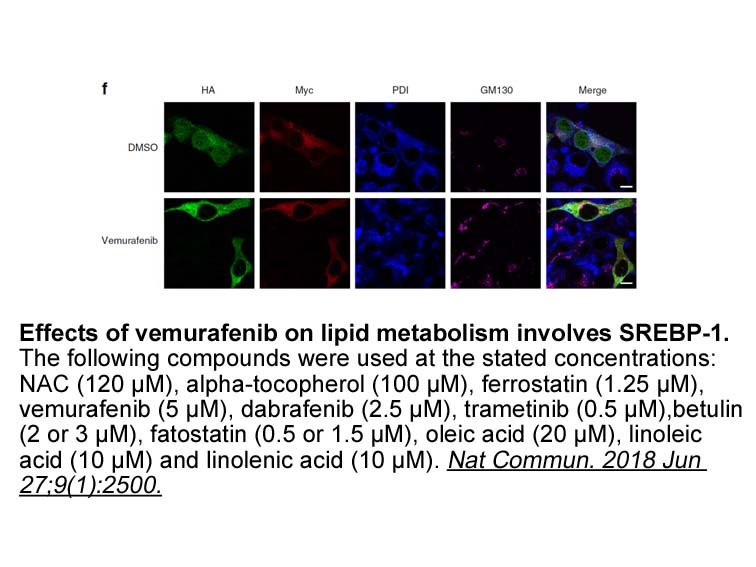
We also show that in both ATM proficient and deficient/mutant HBTU receptor the activation of ATR signaling is DSB complexity-dependent (Figs. 1, 4A, C and E, 6A and B). Wang et al. have also reported that the effects of ATR and CHK1 on radiosensitivity are independent of the NHEJ repair pathway [41
-
br Material and methods br Results
2023-09-07
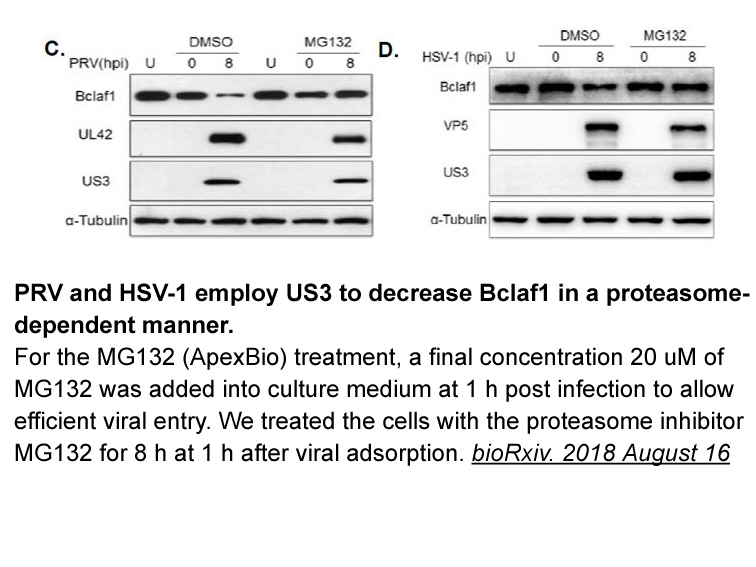
Material and methods Results Discussion The present study demonstrates for the first time that Mino selectively induces apoptosis in Jurkat Cy7 NHS ester (non-sulfonated) via an H2O2 signaling-dependent mechanism. Structurally, Mino is composed of a C10 and C12 phenol group, C12a hydroxyl
-
In spite of this unexpectedly after three
2023-09-07
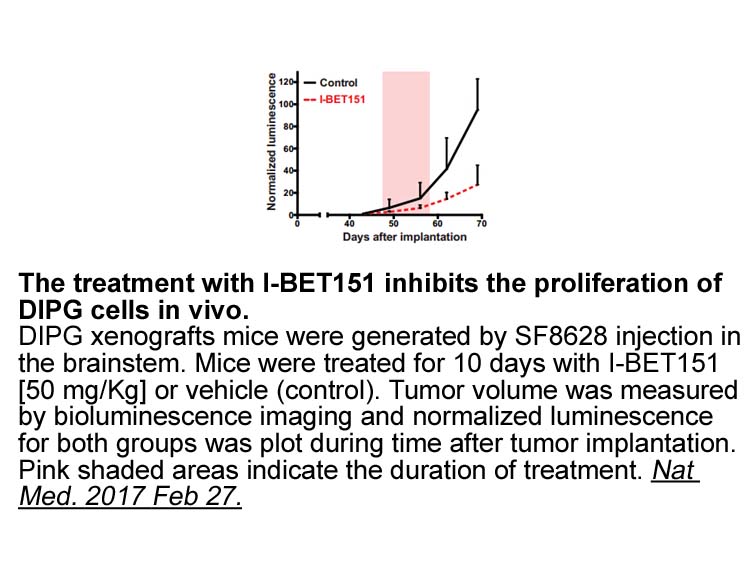
In spite of this, unexpectedly, after three-week cherry puree consumption no AC increase was observed, irrespective of the method used (Table 2). A statistically significant decrease of AC was even measured by LOX-FL and ORAC methods (−3.5% and −9%, respectively). Nevertheless, a much more evident d
-
Ultracentrifugation of AD brain was reported
2023-09-07
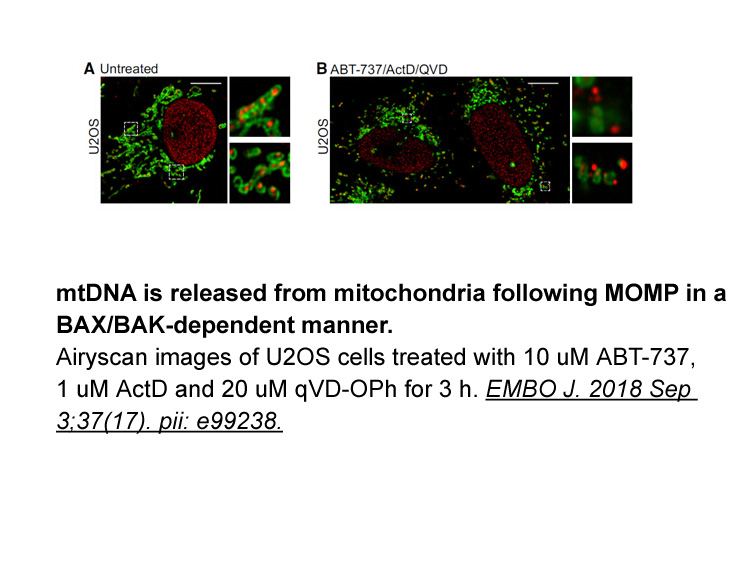
Ultracentrifugation of AD ARQ197 was reported to remove >99.95% of Aβ, while only reducing seeding capacity by 70% (Langer et al., 2011). This suggests that the most potent seeding Aβ species are relatively small soluble oligomers rather than larger insoluble fibrils. It was also noted that this po
-
Cell surface metalloproteases coordinate signaling
2023-09-07
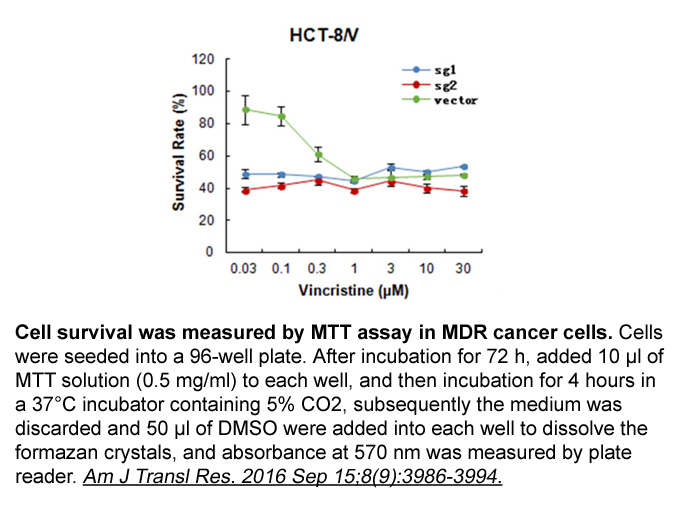
Cell surface metalloproteases coordinate signaling during development, tissue homeostasis, and disease. A disintegrin and metalloprotease 17 (ADAM17) is a well-characterized member among ADAM family, which mediates the cleavage of various cell surface proteins (Black, 2002, Black et al., 1997, Dello
-
The clinical impact of our findings is also
2023-09-07

The clinical impact of our findings is also supported by our earlier report that the level of 12-LOX expression was correlated with the tumor stage and grade [17], [52] and that overall, 38% of patients demonstrated elevated levels of 12-LOX in prostate cancer tissue compared with their matching nor
-
There are two ways to transport FFAs into
2023-09-07
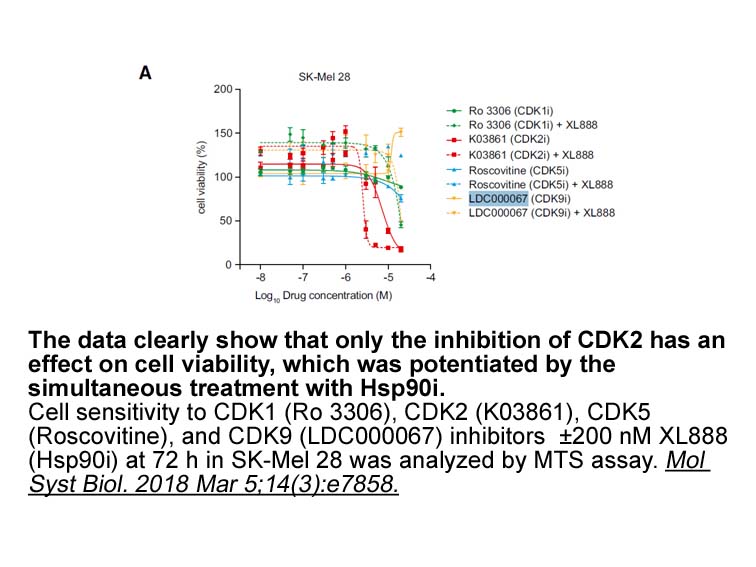
There are two ways to transport FFAs into cells. First by passive diffusion. Second as the putative long-chain fatty Telbivudine transporters are proposed, CD36 the plasma membrane-associated fatty acid-binding protein (FABPpm) and fatty acid transport proteins (FATP) [11], where CD36 is responsible
-
br Mechanisms for regulation of intracellular
2023-09-07
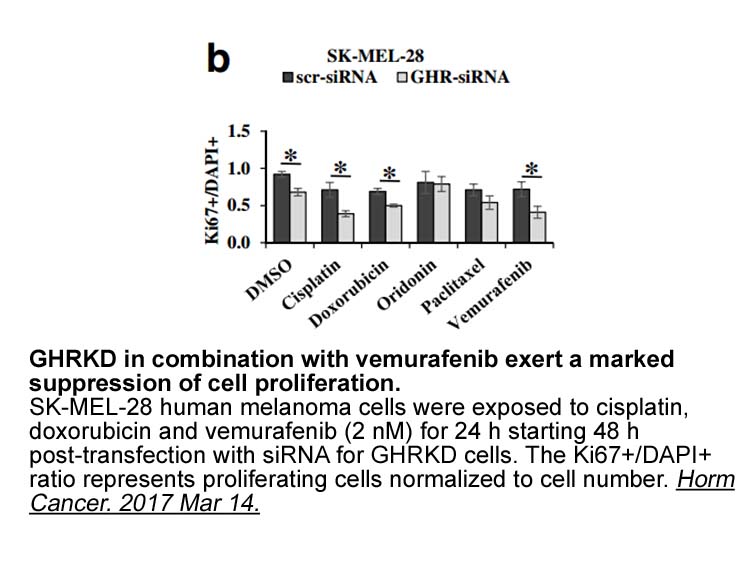
Mechanisms for regulation of intracellular cholesterol homeostasis Cells maintain intracellular free cholesterol levels and distribution within stringent tolerances by several mechanisms [55]: (1) uptake of native LDL (the major extracellular carrier of cholesterol) by LDL receptors and modified
-
To determine the post translation modifications in chicken a
2023-09-07
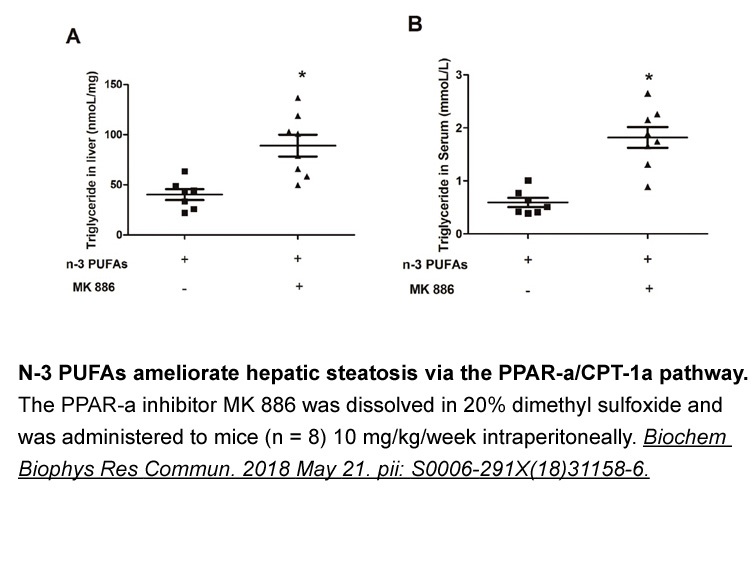
To determine the post-translation modifications in chicken adiponectin, we isolated adiponectin from chicken adipose tissue by immunoprecipitation. Chicken adiponectin was then subjected to tryptic digestion and UPLC/MS/MS. The collagenous domain of chicken adiponectin was found to possess certain n
-
br Introduction Clinical manifestations of Alzheimer
2023-09-07
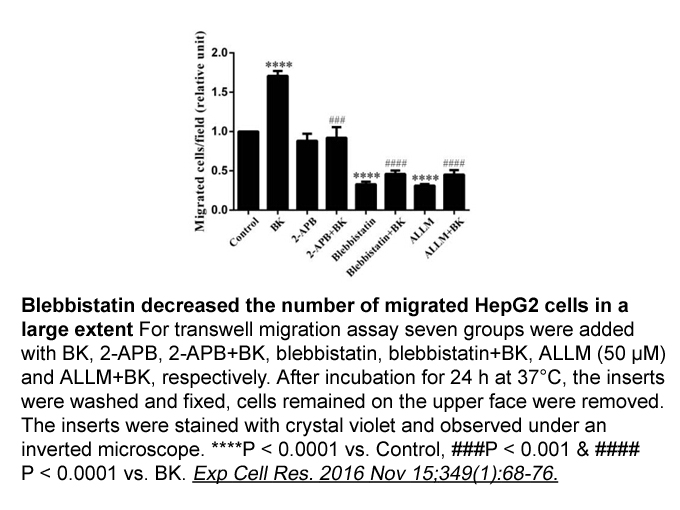
Introduction Clinical manifestations of Alzheimer's disease (AD) are mainly characterized by progressive intellectual deterioration, memory impairment, cognitive impairment, and psychiatric symptoms. The pathogenesis of AD remains unclear, mainly containing genetic factors, neurotransmitter disor
-
br Discussion Here we focused on seven plant
2023-09-07
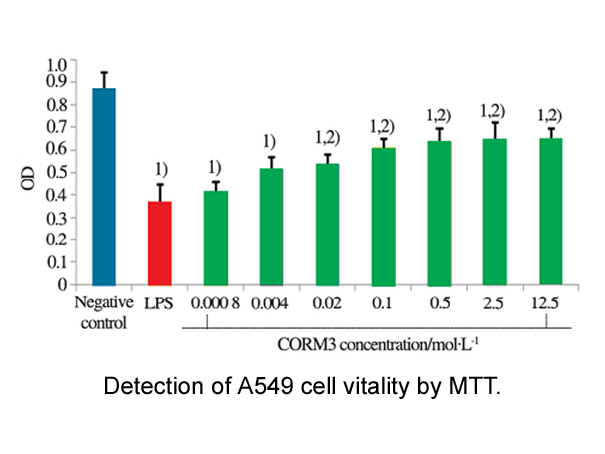
Discussion Here, we focused on seven plant alkaloids extracted from yokukansan. These alkaloids individually inhibited 5-HT-mediated 5-HT3A and 5-HT3AB receptor currents weakly. Simultaneous administration of these alkaloids, however, inhibited the 5-HT3A and 5-HT3AB receptor currents strongly. T
-
Beside activation of adenosine receptors A a A a
2023-09-07
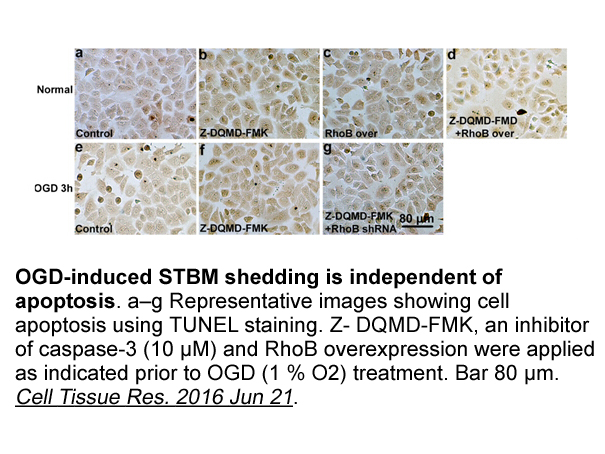
Beside activation of adenosine receptors (A2a.1, A2a.2, A2b) by FSK treatment, the expression of adenosine receptors was also upregulated, when embryos were exposed to inhibitors (SU5416 and DAPT) alone and also combined with FSK. Our data imply that adenosine receptor was associated with a positive
-
C527 br Results br Discussion Members of the PfkB
2023-09-07
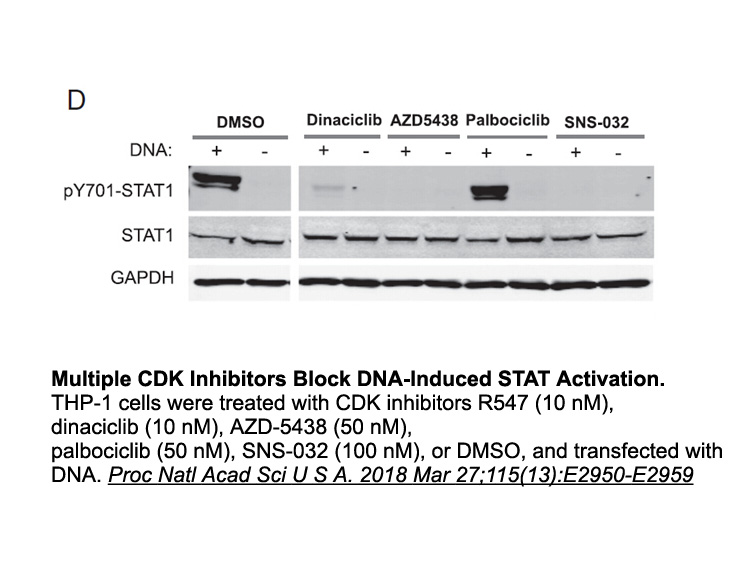
Results Discussion Members of the PfkB family of proteins, which exhibit AK activity, have only been found in the eukaryotic organisms in the past. Hence, the report of a PfkB family protein in MTub that exhibited AK activity was of much interest, and it necessitated closer examination of its
15894 records 285/1060 page Previous Next First page 上5页 281282283284285 下5页 Last page